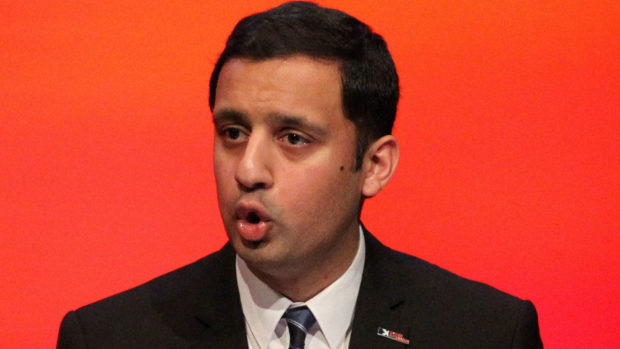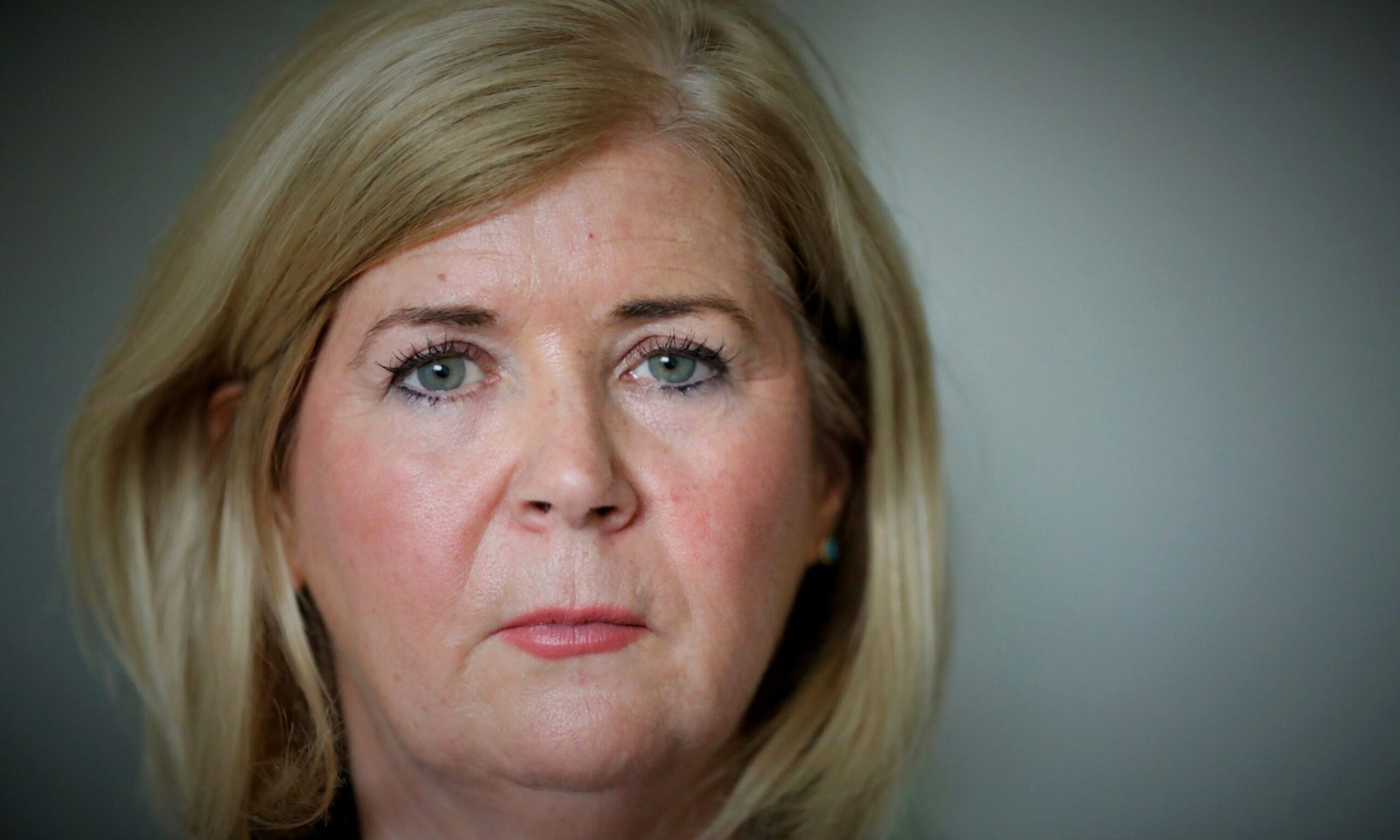The Scottish Government has been urged to publish data on the impact of coronavirus on ethnic groups, after English and Welsh statistics suggested some were more at risk than others.
Labour MSP Anas Sarwar said the findings from south of the border would cause “considerable alarm” in Scotland where many members of ethnic minorities are working on the frontline.
New analysis from the Office for National Statistics (ONS) suggests black men and women are more than four times more likely to die a coronavirus-related death than white people south of the border. No data have yet been published for Scotland.
Black males in England and Wales are 4.2 times more likely, while black women are 4.3 times more likely to die after contracting the virus, after accounting for age.
People of Bangladeshi and Pakistani, Indian, and mixed ethnicities also had an increased risk of death involving Covid-19 compared with those of white ethnicity, the ONS found.
The analysis looked at how coronavirus has affected different ethnic groups from March 2 to April 10, registered by April 17.
As ethnicity is not recorded on death certificates, the ONS linked these to the 2011 Census, which includes self-reported ethnicity.
After taking account of other factors, such as health, disability, household composition and area deprivation, black men and women were 1.9 times more likely to die with Covid-19 than those of white ethnicity.
Bangladeshi and Pakistani males were 1.8 times more likely, and Bangladeshi and Pakistani females 1.6 times more likely, than white people when these factors were included.
The ONS found increased mortality rates due to Covid-19 for all ethnic minority groups, except for Chinese women.
These stark findings will cause considerable alarm in ethnic minority communities across the UK. Given the data from England and Wales, it’s now imperative for the Scottish Government to record, study and publish the coronavirus impact on Scotland’s Bame community”
Labour MSP Anas Sarwar
Mr Sarwar said: “These stark findings will cause considerable alarm in ethnic minority communities across the UK.
“Given the data from England and Wales, it’s now imperative for the Scottish Government to record, study and publish the coronavirus impact on Scotland’s Bame (Black, Asian, Minority, Ethnic) community.
“While Scotland’s Bame population may be smaller than in England, ethnic minorities make up a large proportion of those on the frontline in Scotland – in our NHS, care homes and shops.
“We know that a huge number of deaths in the medical profession involve ethnic minority workers.
“Scotland’s ethnic minority communities deserve to know whether they are at a greater risk from Covid-19 and, if so, what steps can be taken to prevent further loss of life.”
UK Labour leader Sir Keir Starmer said he was unaware of how such data are reported in Scotland. But his party had set up a group to look at the “disproportionate impact” of the coronavirus on the Bame community.
The ONS said a “substantial part of the difference in Covid-19 mortality between ethnic groups is explained by the different circumstances in which members of those groups are known to live, such as areas with socio-economic deprivation”.
It continued: “Geographic and socio-economic factors were accounting for over half of the difference in risk between males and females of black and white ethnicity.
“However, these factors do not explain all of the difference, suggesting that other causes are still to be identified.”











